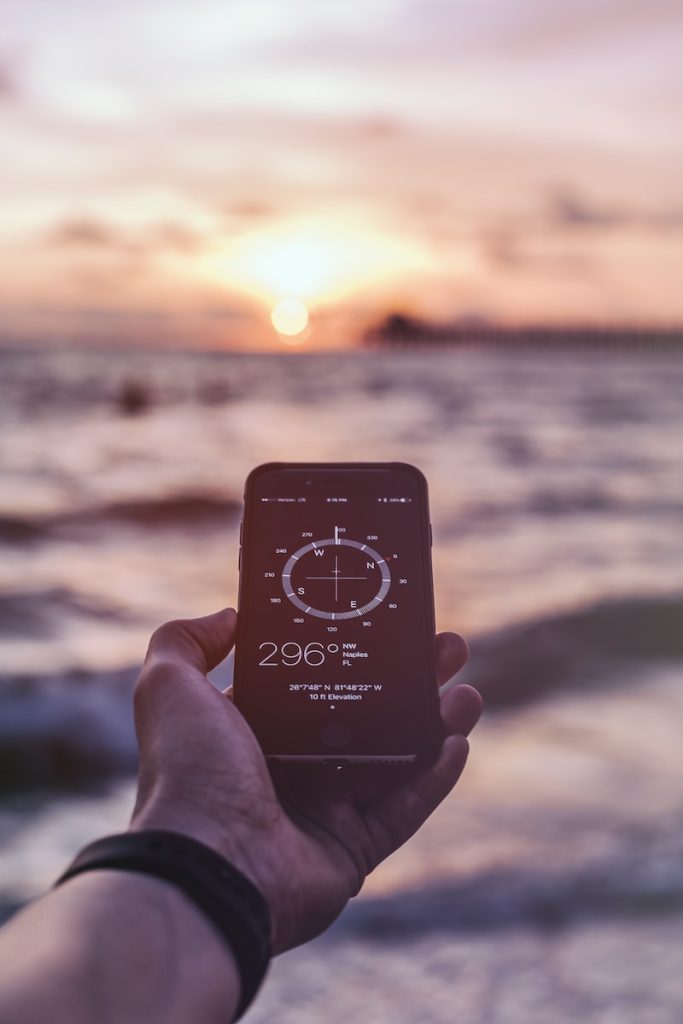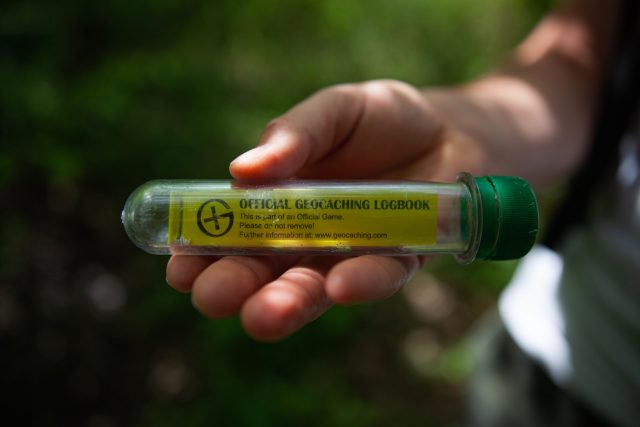Embarking on an adventure can be an exciting experience, especially when it involves discovering hidden treasures in unexpected places. Geocaching is a popular outdoor activity that has been gaining popularity recently. It involves using GPS coordinates to search for hidden containers called geocaches, which can be found worldwide. Geocaching is a perfect way to explore new places, exercise, and have fun with friends and family. Whether you’re a seasoned adventurer or a beginner, geocaching offers a unique and thrilling way to explore the outdoors. In this beginner’s guide, we’ll introduce you to the world of geocaching, including everything you need to know to start your first geocaching adventure. From finding the right gear to understanding how to read GPS coordinates, we’ll cover all the basics and prepare you to start your geocaching journey. So grab your GPS device and get ready to embark on an unforgettable adventure with geocaching!
What is Geocaching?
Geocaching is an outdoor recreational activity that involves using GPS (Global Positioning System) coordinates to find hidden containers or caches, which can be located all over the world. The caches can be any size, ranging from a tiny container to a large container filled with goodies. Each cache contains a logbook for the finder to sign, and some may even include small trinkets or toys that can be exchanged for other items.
The origins of geocaching can be traced back to May 2000, when the US government made the GPS system available for civilian use. Shortly after, a computer consultant named Dave Ulmer decided to test the accuracy of GPS by hiding a container in the woods and posting its coordinates on a website. He invited others to find the container, and thus the game of geocaching was born.
Today, geocaching has become a global phenomenon, with millions of people participating in the activity around the world. The game has evolved to include different types of caches, such as virtual caches that require participants to answer a question or perform a task and puzzle caches that require solvers to solve a puzzle to reveal the location of the cache.
Geocaching is a fun and exciting way to explore new places, exercise, and spend time with friends and family. With the help of a GPS device, participants can search for caches in their local area or on their travels and enjoy the thrill of the hunt as they uncover hidden treasures in unexpected locations.
Preparation: Gear and Apps

When it comes to geocaching, having the right gear and apps can make all the difference in your experience. Here are some essential items to consider before embarking on your geocaching adventure:
- GPS Device: A GPS device is the most important tool for geocaching. While smartphones have GPS capabilities, a dedicated GPS device provides more accurate readings, longer battery life, and better durability. Popular GPS devices for geocaching include Garmin and Magellan.
- Comfortable Clothing and Footwear: Geocaching involves walking, hiking, and sometimes crawling, so it’s important to wear comfortable clothing and footwear that can handle the terrain. Dress for the weather and bring layers if necessary.
- Water and Snacks: Geocaching can take time, so staying hydrated and energized is important. Bring plenty of water and snacks to keep you fueled and hydrated throughout your adventure.
- Pen and Paper: Most geocaches have a logbook that requires signing, so be sure to bring a pen or pencil. Additionally, it’s a good idea to bring extra paper for taking notes, solving puzzles, or jotting down coordinates.
- Geocaching App: Several geocaching apps are available that make it easy to find caches and keep track of your finds. Popular apps include Geocaching by Groundspeak, C:Geo for Android, and Looking4Cache for iOS.
- Additional Tools: Depending on the cache you’re searching for, you may need additional tools such as a flashlight, magnet, or tweezers. It’s a good idea to bring a small kit of tools just in case.
With the right gear and apps, you can be fully prepared and ready to embark on your geocaching adventure confidently. Don’t forget to research the cache beforehand, plan your route, and let someone know where you’re going in case of an emergency.
Finding a Cache: Start the Hunt!
Once you have all your gear and apps prepared, it’s time to start the hunt for a cache! Here are the basic steps to follow when looking for a cache:
- Research: Before heading out, research the cache you want to find. Ensure you have the correct coordinates and read any hints or clues that may be provided. Look at the difficulty and terrain ratings to prepare for the challenge.
- Get to the Location: Use your GPS device or geocaching app to navigate to the cache location. Keep an eye out for any landmarks or clues that may help you narrow down the cache location.
- Search for the Cache: Start searching once you arrive at the cache location! Caches can be hidden anywhere, such as under a rock, inside a hollow tree, or behind a sign. Look for anything that seems out of place or unusual.
- Use the Hints: If you’re having trouble finding the cache, use the hints provided to help guide you. Sometimes the hint may be a reference to a nearby landmark or a description of the container itself.
- Be Respectful: When searching for a cache, respect the environment and other people in the area. Leave no trace, and don’t disturb any wildlife or plants.
- Sign the Logbook: Once you find the cache, sign the logbook to record your find. If any items are inside the cache, you may exchange them for something of equal or lesser value. Remember to leave the cache in the same place you found it.
- Log Your Find: After finding the cache, log your find on the geocaching website or app. This lets others know that the cache is still active and encourages them to search for it too.
Geocaching can be a fun and challenging adventure but always prioritize safety and respect for the environment. With some preparation and persistence, you will surely find some hidden treasures on your next geocaching hunt.
Logging the Find: Documentation
One of the most important aspects of geocaching is documenting your findings. Not only does it serve as a record of your adventures, but it also helps to maintain the integrity of the geocaching community. Here are some tips on how to properly document your finds:
- Sign the logbook: When you find a cache, sign the logbook that is located inside the container. This is a physical record of your find and helps the cache owner keep track of the cache’s activity.
- Log your find online: After signing the logbook, log your find on the geocaching website or app. This is an important part of the geocaching community and helps others know that the cache is still active.
- Be descriptive: When logging your find, be sure to include a detailed description of your experience. This can include things like the difficulty of the hunt, any interesting landmarks or features in the area, and how you felt when you found the cache.
- Include photos: If possible, include photos of the cache and the surrounding area in your log. This helps others better understand what the cache is like and adds to the documentation of the cache’s history.
- Follow community guidelines: Geocaching has specific guidelines on properly logging a find. Read and follow these guidelines to ensure your log is accurate and helpful to others.
By properly documenting your finds, you’re not only adding to the geocaching community but also creating a record of your own adventures. So next time you find a cache, be sure to sign the logbook and log your find online with a detailed description and photos.
Etiquette: Respectful Caching
Geocaching is a fun and exciting activity, but it’s important to be mindful of the environment and other people around you. Here are some tips on how to practice respectful caching etiquette:
- Follow Leave No Trace principles: Geocaching occurs in nature, so leaving the environment as you find it is essential. This means carrying out trash or litter, staying on designated trails, and avoiding damaging plants and wildlife.
- Respect private property: Caches should not be hidden on private property without the owner’s permission. Always seek permission before hiding a cache or entering private property to find a cache.
- Be discreet: When searching for a cache, be mindful of others in the area. Avoid drawing attention to the cache or disturbing anyone else’s experience.
- Don’t damage or move the cache: Caches should be left in the same place they were found and should not be moved or damaged in any way. If a cache is damaged or missing, contact the cache owner or log a Needs Maintenance report.
- Trade fairly: If a cache contains items for trading, be sure to follow the “trade up, trade even, or don’t trade at all” rule. Don’t take anything of significant value; leave something of equal or lesser value in exchange.
- Be mindful of geocaching guidelines: Geocaching has specific guidelines and rules to ensure the safety and enjoyment of all participants. Follow these guidelines, and report any violations to the cache owner or geocaching website.
By practicing respectful caching etiquette, we can help ensure the longevity of geocaching and protect the environment and community in which we participate. Happy caching!
Conclusion: Get Out and Adventure!
Geocaching is a wonderful way to explore the world around you and embark on new adventures. With some preparation and basic knowledge of caching etiquette, you can discover hidden treasures and experience the thrill of the hunt.
Remember always to respect the environment and other people and follow geocaching guidelines and rules. Document your findings by signing the logbook and logging your find online with descriptive details and photos.
So what are you waiting for? Grab your gear, download the app, and prepare to embark on an adventure with geocaching. Whether you’re a beginner or an experienced cacher, there’s always something new to discover and explore. Happy caching!






























